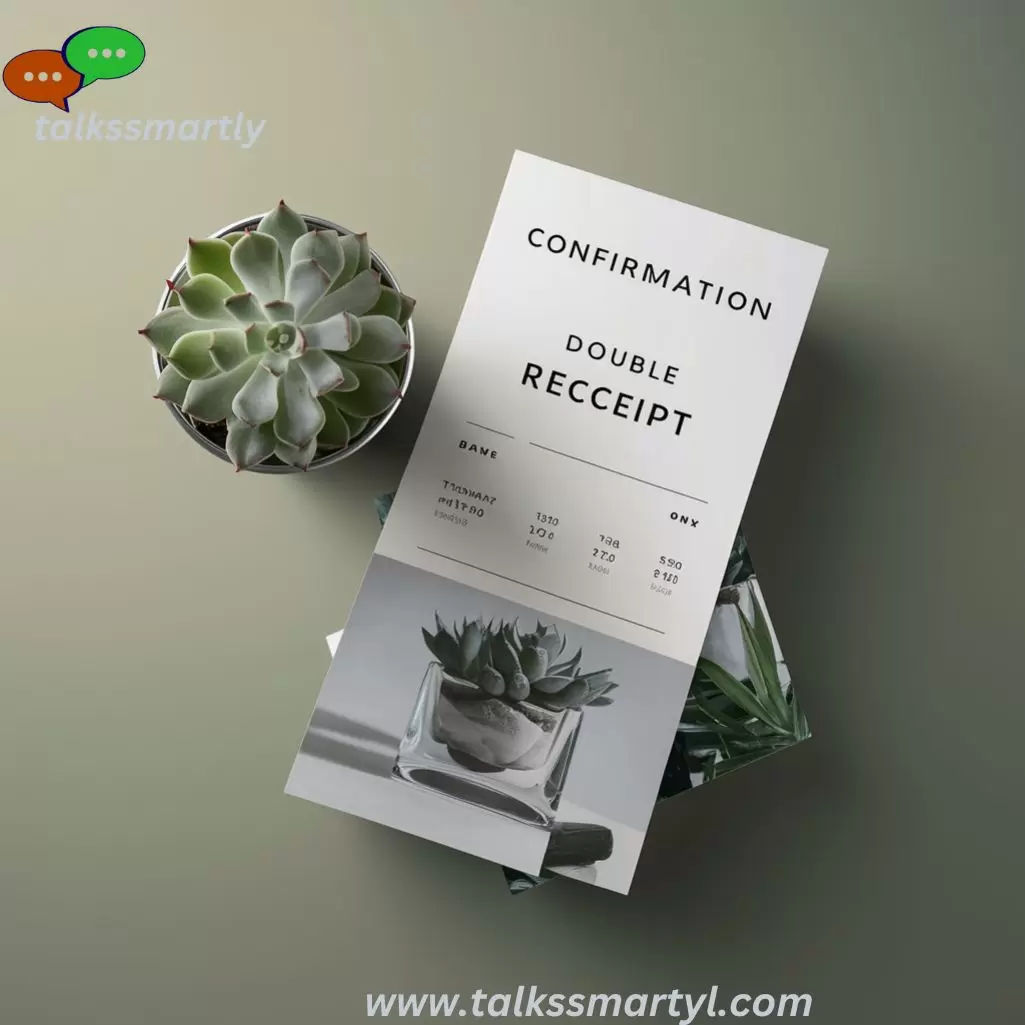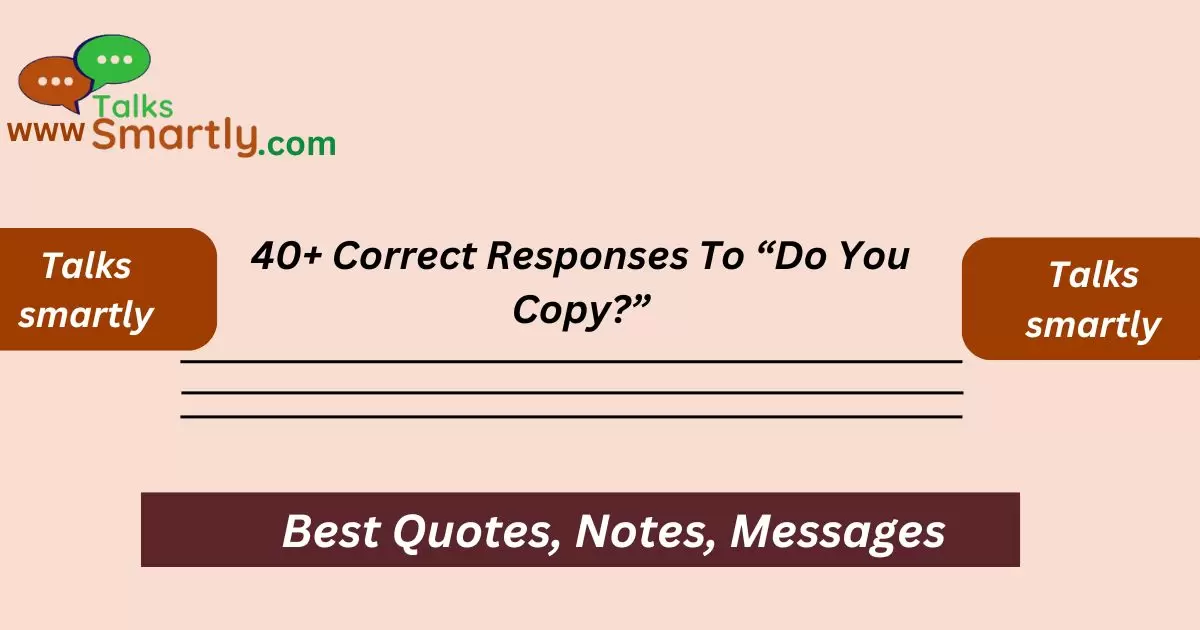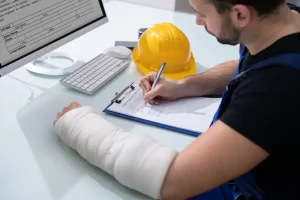Introduction
Responding to “Do you copy?” ensures clear communication. Use phrases like “Roger that” or “Copy that” to acknowledge receipt and understanding.
When someone asks, “Do you copy?”, they’re usually checking if their message has been received and understood. This phrase is common in various settings like military communications, radio transmissions, and even casual conversations.
Knowing how to respond correctly can ensure clear communication and avoid misunderstandings. In this article, we’ll explore 50 correct responses to “Do you copy?” that can be used in different contexts, providing fresh and accurate information that is beneficial for our readers.
Correct Responses to “Do You Copy?”
- “Roger that.”
- A standard response indicating you have received and understood the message.
- “Affirmative.”
- This means you agree or confirm the receipt of the message.
- “Copy that.”
- Another straightforward way to acknowledge the message.
- “Got it.”
- Informal yet effective, showing you have understood.

- “Understood.”
- Clearly indicates comprehension of the message.
- “Received.”
- Confirms that the message has been received.
- “10-4.”
- A CB radio code for acknowledgment, widely understood.
- “I read you.”
- Indicates that you can hear and understand the message.
- “Loud and clear.”
- Confirms that the message is both heard and understood.
- “Solid copy.”
- Emphasizes a strong, clear reception of the message.
- “Acknowledge.”
- Formal confirmation of receipt.
- “Message received.”
- Clearly states that the message has been received.
- “Copy, over.”
- Indicates receipt and readiness for further communication.
- “Roger, Wilco.”
- Means “Received, will comply.”
- “I hear you.”
- Simple and direct acknowledgment.
- “Noted.”
- Indicates that the message has been taken into account.
- “I understand.”
- Confirms comprehension of the message.
- “Received, over.”
- Confirms receipt and signals end of transmission.
- “All clear.”
- Indicates understanding and readiness to proceed.
- “Gotcha.”
- Informal yet clear acknowledgment.
- “Clear.”
- Concise confirmation.
- “Okey-dokey.”
- Casual and lighthearted acknowledgment.
- “I got your six.”
- Military slang indicating support and understanding.
- “Crystal clear.”
- Emphasizes that the message is perfectly understood.
- “Roger, out.”
- Acknowledgment and end of communication.
- “I’ve got you.”
- Confirms understanding and readiness.
- “Check.”
- Simple and effective acknowledgment.
Best Responses to “Happy 4th of July” in 2024
- “I copy you.”
- Indicates receipt and understanding.
- “Affirm, over.”
- Confirms and awaits further communication.
- “I’m with you.”
- Shows support and understanding.
- “Roger, standing by.”
- Acknowledges and indicates readiness.
- “Copy, moving on.”
- Acknowledges and indicates proceeding.
- “Loud and understood.”
- Confirms clear reception and understanding.
- “Yes, copy.”
- Affirmative acknowledgment.
- “Roger, moving out.”
- Indicates acknowledgment and action.
- “Received and understood.”
- Double confirmation of receipt and comprehension.
- “I acknowledge.”
- Formal and clear acknowledgment.
- “Understood, over.”
- Confirms understanding and readiness for further communication.
- “Copy that, over.”
- Standard acknowledgment and signaling end of transmission.
- “10-4, over and out.”
- CB code for acknowledgment and end of communication.
- “Message loud and clear.”
- Confirms clear reception and understanding.
- “Roger, affirmative.”
- Double confirmation of receipt.

- “Copy, standing by.”
- Acknowledges and indicates readiness for further instructions.
- “Acknowledged, over.”
- Formal acknowledgment and end of transmission.
- “Yes, Roger.”
- Simple and affirmative acknowledgment.
- “Copy, understood.”
- Confirms receipt and comprehension.
- “Roger that, out.”
- Acknowledges and ends communication.
- “I hear you loud and clear.”
- Emphasizes perfect reception and understanding.
- “Copy, over and out.”
- Standard acknowledgment and end of communication.
- “Understood, moving on.”
- Confirms comprehension and indicates proceeding.
Wrap-Up
Having the right responses to “Do you copy?” ensures smooth and clear communication, whether in professional, casual, or emergency situations. By using these phrases, you can effectively acknowledge and confirm messages, enhancing mutual understanding and efficiency. Remember, the key is to be clear, concise, and context-appropriate in your responses.
Conclusion
Effective communication is crucial in many areas of life. By mastering the various ways to respond to “Do you copy?”, you can ensure that your messages are received and understood, preventing miscommunications and fostering better interaction.
Use these 50 correct responses as a guide to enhance your communication skills in different contexts.

Hi, I’m Lauren Reynolds, owner of Talks Smartly.
We specialize in wishes, thank you messages, and thoughtful responses for all occasions.
Whether it’s a birthday wish or a heartfelt thank you, we’re here to make your messages shine.
Join us at Talks Smartly and let your words leave a lasting impression.”











